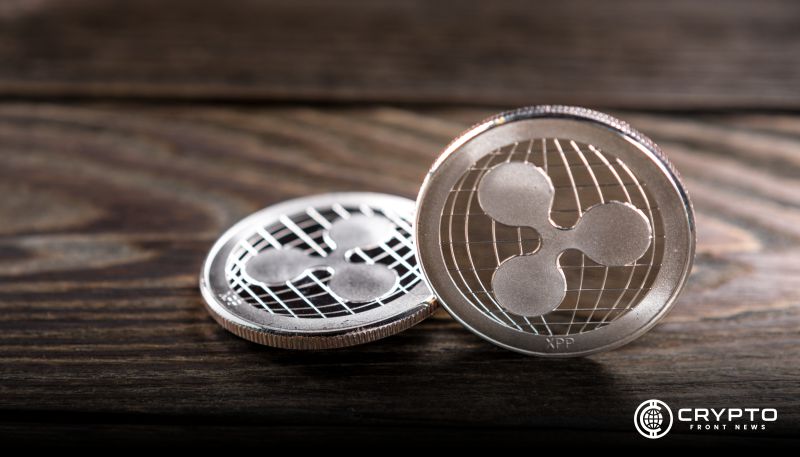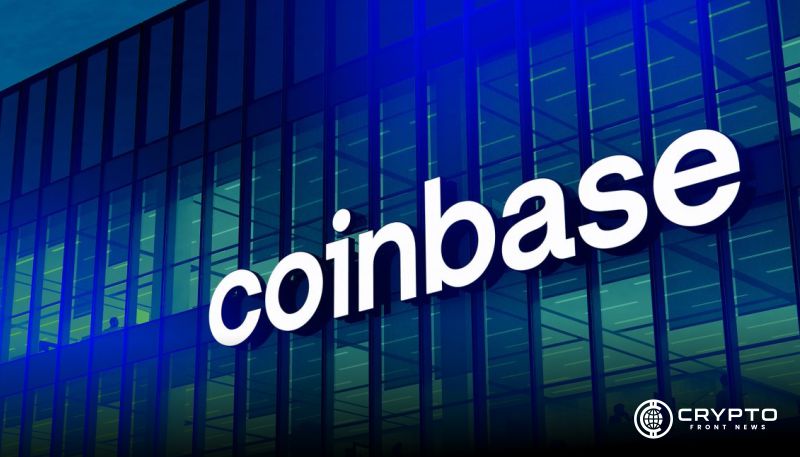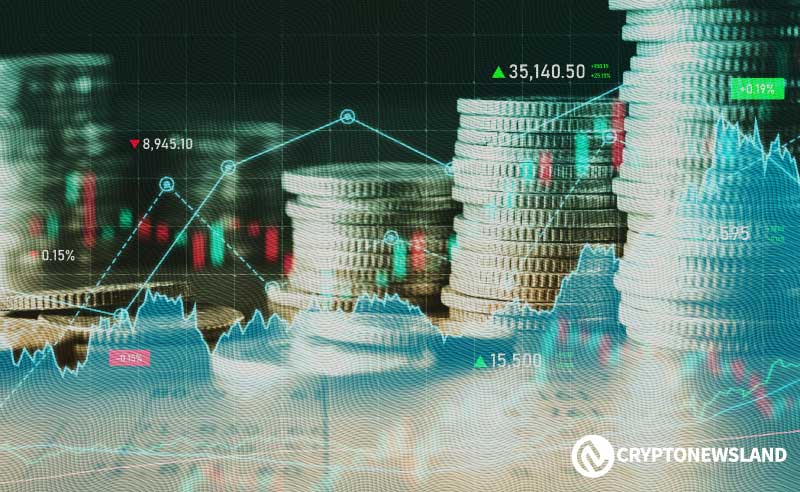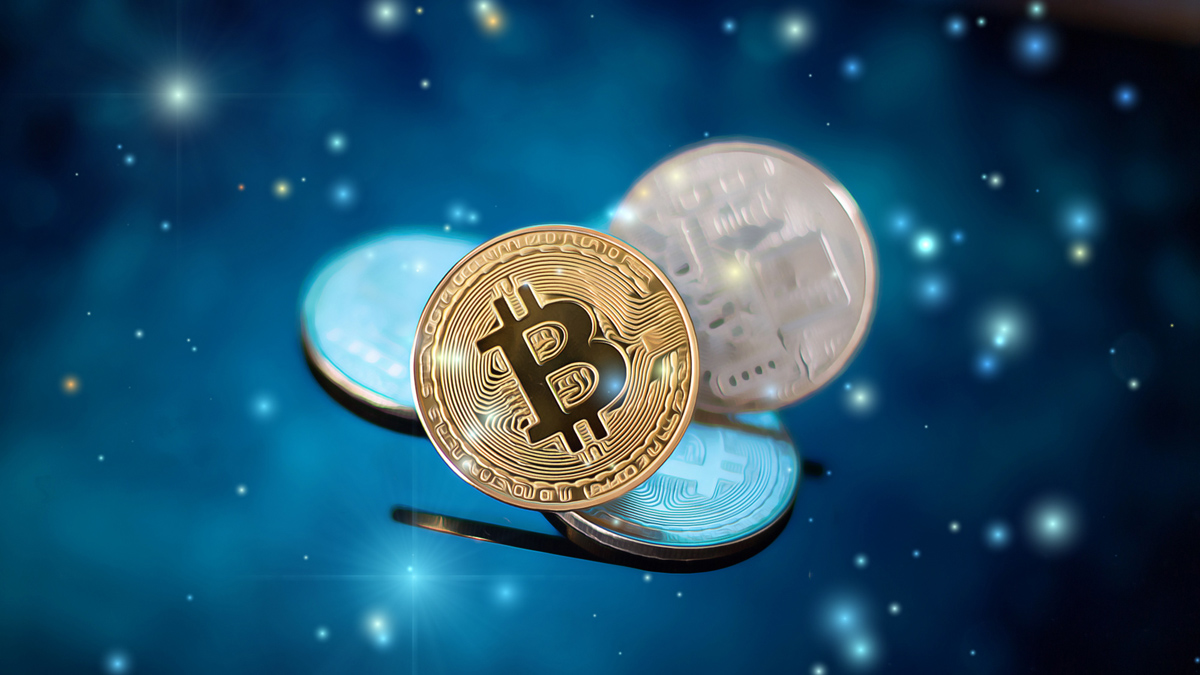- Ripple CTO disputes claims about XRP’s declining relevance, emphasizing its role in enhancing transaction efficiency despite stablecoin competition.
- XRP’s liquidity remains vital, as Ripple CTO highlights its unique role in supporting cross-border transactions amidst ecosystem challenges.
- Ripple’s XRP-related strategies, including stablecoin RLUSD, draw mixed reactions, while the CTO defends XRP’s investment value and market significance.
The XRP community has been buzzing following a video titled “What is Wrong with XRP,” where the author laid out three reasons suggesting XRP might no longer be a good investment. Significantly, the video claims XRP’s original purpose as an intermediary cryptocurrency for cross-border payments has now been largely replaced by stablecoins. These alternatives are considered more suitable for such transactions due to their price stability.
Adding to this concern, Ripple recently introduced its stablecoin, RLUSD. This development has been seen by some as diminishing XRP’s relevance in its original use case.
Ripple’s IPO Plans Spark Concerns
Another major point of contention is Ripple’s plan to go public. Critics argue that an Initial Public Offering (IPO) could undermine XRP’s role as a benchmark asset tied to Ripple’s overall performance. This perspective suggests that the focus on Ripple’s corporate success may divert attention from XRP’s potential as a standalone investment.
A further issue raised in the video is Ripple’s substantial holdings of XRP amounting to over 38 billion coins. The author contends that Ripple’s regular sale of these holdings to fund operations could negatively impact XRP’s market value. This strategy has fueled concerns about centralized control and its implications for investors.
Ripple CTO Responds to Criticism
In response to these claims, Ripple CTO David Schwartz addressed the community, offering counterarguments to the video’s assertions. Schwartz emphasized that while it is not mandatory to hold XRP for payment transactions, someone in the system must hold it to maintain liquidity. He argued that this need underpins XRP’s ongoing market relevance.
Schwartz also contested the claim that XRP’s price is solely driven by hype or ecosystem changes. Using historical price comparisons between XRP and Stellar’s XLM, he highlighted parallels between the two assets’ performance. This, he suggested, indicates a broader market dynamic rather than isolated reliance on ecosystem developments.
XRP as a Strategic Holding
Lastly, Schwartz underscored the practical benefits of holding XRP, particularly for users navigating uncertain currency requirements. He explained that XRP’s intermediary role reduces the need for multiple currency exchanges, streamlining cross-border payments. Despite the rising dominance of stablecoins, Schwartz maintained that XRP offers unique advantages, particularly in enhancing transaction efficiency.
Ripple’s efforts to adapt through innovations like RLUSD and its IPO plans have sparked both criticism and defense. While concerns persist, Ripple’s leadership remains firm in asserting XRP’s relevance in the evolving digital economy.
DISCLAIMER:
The information on this website is provided as general market commentary and does not constitute investment advice. We encourage you to do your own research before investing.










